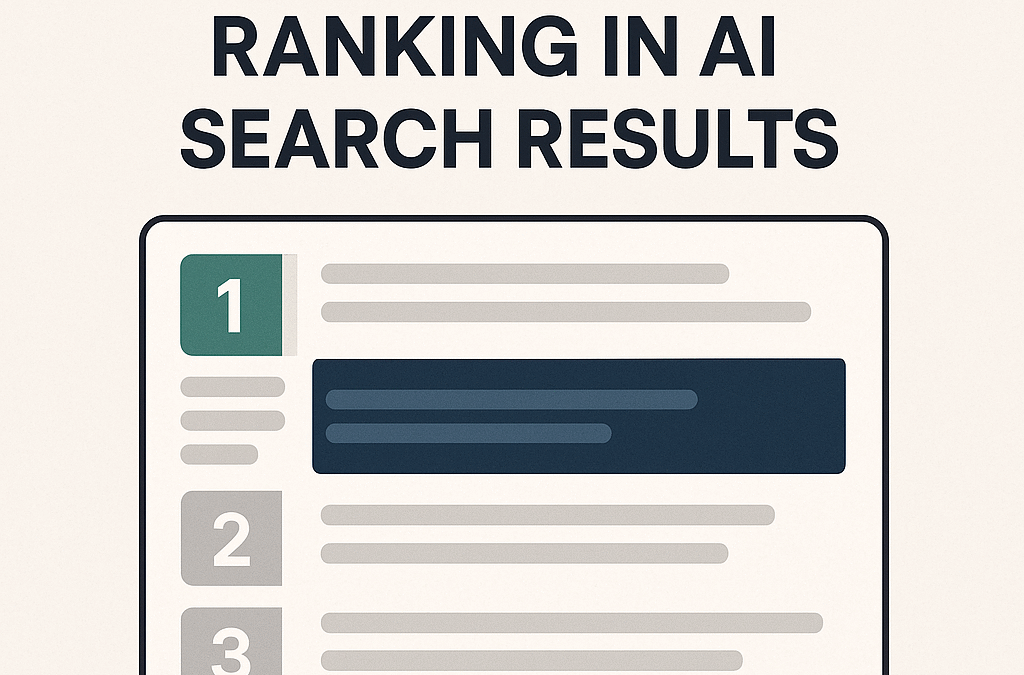Google Chrome Lighthouse is an open-source tool that helps developers improve the quality of their web pages by auditing various aspects of a website’s performance, accessibility, and user experience. With the release of Lighthouse 10, Google has introduced several new features that make the tool even more powerful and versatile. In this article, we’ll explore the new features of Lighthouse 10 and how they can help developers optimize their web pages for a better user experience.
The new features of Lighthouse 10 include an updated scoring system, new audits, and the ability to run audits against specific URLs. Let’s take a closer look at each of these features.
Updated Scoring System
The scoring system in Lighthouse 10 has been updated to provide a more accurate representation of a website’s overall performance. The new scoring system is based on a weighted average of six categories: Performance, Accessibility, Best Practices, SEO, Progressive Web App, and Practices. This scoring system provides a more comprehensive view of a website’s performance and helps developers identify areas that need improvement.
New Audits
Lighthouse 10 includes several new audits that can help developers optimize their web pages for a better user experience. These new audits include:
- Unused JavaScript: This audit identifies JavaScript files that are not used on a web page. Removing unused JavaScript can improve a website’s performance by reducing the amount of code that needs to be downloaded and executed.
- Duplicate ID: This audit identifies elements on a web page that have duplicate ID attributes. Having duplicate ID attributes can cause problems with page rendering and accessibility.
- Missing Alt Text: This audit identifies images on a web page that do not have alt text. Alt text is important for accessibility as it provides a description of the image for users who cannot see it.
- Focus Visible: This audit identifies elements on a web page that do not have a visible focus state. Having a visible focus state is important for accessibility as it helps users who navigate a web page using a keyboard.
- Password Input Type: This audit identifies password fields on a web page that are not using the correct input type. Using the correct input type for password fields can improve security and user experience.
- ARIA Roles: This audit identifies elements on a web page that are missing ARIA roles. ARIA roles are important for accessibility as they provide additional information about the purpose of an element for screen reader users.
Run Audits Against Specific URLs
Lighthouse 10 also includes the ability to run audits against specific URLs. This feature is useful for developers who want to test the performance, accessibility, and user experience of individual web pages. By running audits against specific URLs, developers can identify issues that may be unique to certain pages and optimize those pages for a better user experience.
In addition to these new features, Lighthouse 10 includes several improvements to existing features. For example, the Performance audit now includes a CPU throttling feature that simulates a slower device to test how a web page performs under less-than-ideal conditions. The Accessibility audit now includes a contrast ratio audit that checks the contrast of text against its background for accessibility.
Overall, Lighthouse 10 is a powerful tool that can help developers optimize their web pages for a better user experience. The updated scoring system, new audits, and ability to run audits against specific URLs make Lighthouse 10 more versatile than ever. By using Lighthouse 10, developers can identify issues with their web pages and take steps to improve their website’s performance, accessibility, and user experience.









